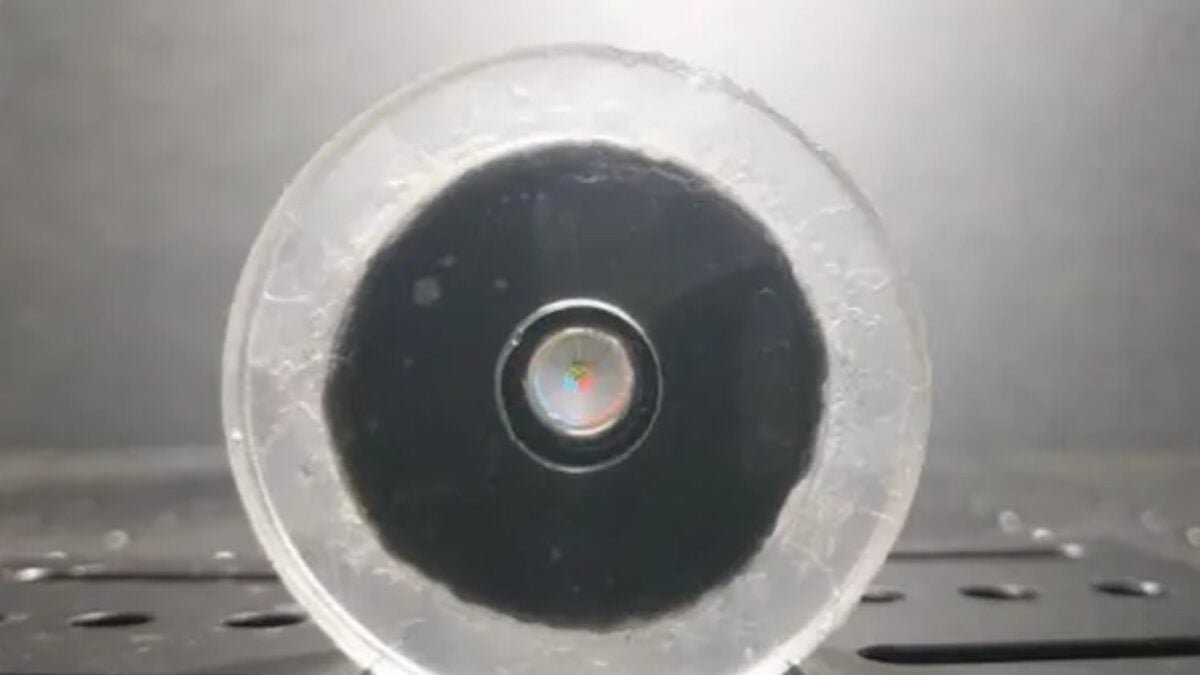“The Game-Changing Invention: A Robot’s Eye that Sees Beyond Electricity”

Until now, the focus has always been achieved through complex circuits and power sources, but a team from Georgia Tech has just changed the game. They have created an eye that can adjust its focus without the need for external energy, using only ambient light.
An eye that doesn’t need energy

This innovative eye combines soft materials with nanotechnology to achieve a behavior previously thought to be exclusive to living beings. The lens, made of a smart hydrogel, changes shape in response to light. By absorbing light energy and converting it into heat, the hydrogel expands or contracts accordingly, creating a lens that can focus like the human eye, without the need for motors, sensors, or electrical current.
When light is enough to see
This lens operates elegantly and simply: when the light fades, the material cools down and returns to its original shape automatically, without any external intervention. It accurately mimics the behavior of the human crystalline lens and has shown remarkable resolution capabilities during tests, surpassing traditional optical microscopes.
“We can control the lens in incredible ways,” says Corey Zheng. “Our goal was to design a system that uses only light energy, something nature has been doing for millions of years.”
Inspired by animal vision, this eye could be a game-changer for soft robots, eliminating the need for electronic components.
Soft robots that see without wires
This breakthrough opens up a new realm of possibilities, from battery-free underwater exploration robots to medical microsystems that can analyze tissues without emitting heat or radiation.
Zheng explains that “if robots are soft or do not use electricity, we need to rethink how they perceive the environment.” This prototype offers a glimpse into a future where robots can see without rigid sensors or electrical circuits.
Applications that go beyond vision

This technology has the potential to replace glass lenses in microscopes and create self-sufficient cameras and sensors, especially in environments with limited or dangerous electricity. The team is already working on integrating the lens into a system of microfluidic valves made of the same hydrogel, allowing a single light stimulus to operate the entire system.
In the long term, this innovation could lead to the development of devices that mimic natural models, enabling us to perceive shapes and colors beyond our current capabilities.
The future looks brighter
This development represents a shift in modern optics, moving from electronics to material behavior. If future robots can see without electricity, adapt without software, and respond without wires, the line between biological and artificial will become increasingly blurred. In a few years, the eye observing the world may not need batteries, as it already feeds on the light that brings life.




